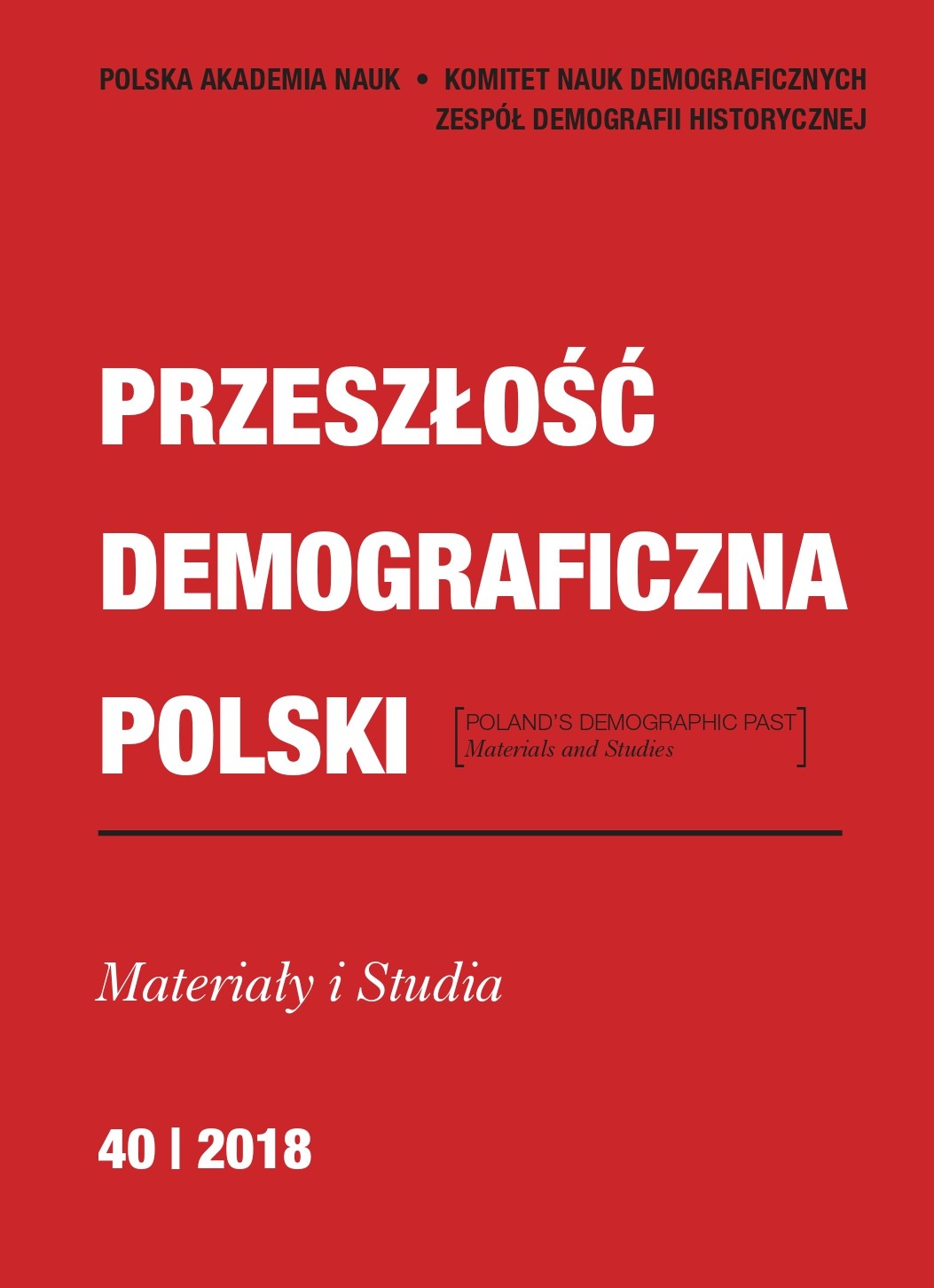Ludzie rodowici i migranci – czy słuszny podział? Wokół książki Jeremy Hayhoe, Strangers and Neighbours. Rural Migration in Eighteenth-Century Northern Burgundy, Toronto: University of Toronto Press 2016, ss. 274
Natives and migrants – a correct categorization? Some reflections on Jeremy Hayhoe’s book Strangers and Neighbours. Rural Migration in Eighteenth-Century Northern Burgundy, Toronto: University of Toronto Press, 2016, 274 pp.
Author(s): Mateusz WyżgaSubject(s): History, Geography, Regional studies, Human Geography, Regional Geography, Historical Geography, Local History / Microhistory
Published by: Wydawnictwo Naukowe Uniwersytetu Szczecińskiego
Keywords: northern Burgundy; internal migrations; rural areas; seasonal employment; farming; crafts; unqualified labour; geographical distance
Summary/Abstract: My paper reviews a book on internal migrations and the micromobility of peasants in 18th-century northern Burgundy. Its author set out to demonstrate the significance of geographical mobility and its widespread occurrence, mostly through the statistical analysis of mass sources. The work is an example of the use of mixed methods and diverse sources. Jeremy Hayhoe primarily based his research on the depositions of witnesses in court trials (previously largely unused), the Napoleonic Census (1808–1813), tax registers, and marriage records. Based on these sources, a database of 70,000 records was compiled. The research covered marital exogamy, ratios of local to incoming populations, distances covered, and annual migration rates. The book discusses migrations in terms of their duration, pull and push factors, human motivations, and the ways in which local communities tried to regulate the inflows of people. The research indicates that a majority of the population of rural areas in eighteenth-century northern Burgundy experienced migration in their individual lives. This was usually motivated by economic reasons and undertaken over short distances. While movements of a temporary nature were predominant, they played an important role in the functioning of local communities.
Journal: Przeszłość Demograficzna Polski
- Issue Year: 40/2018
- Issue No: 1
- Page Range: 301-327
- Page Count: 27
- Language: Polish

